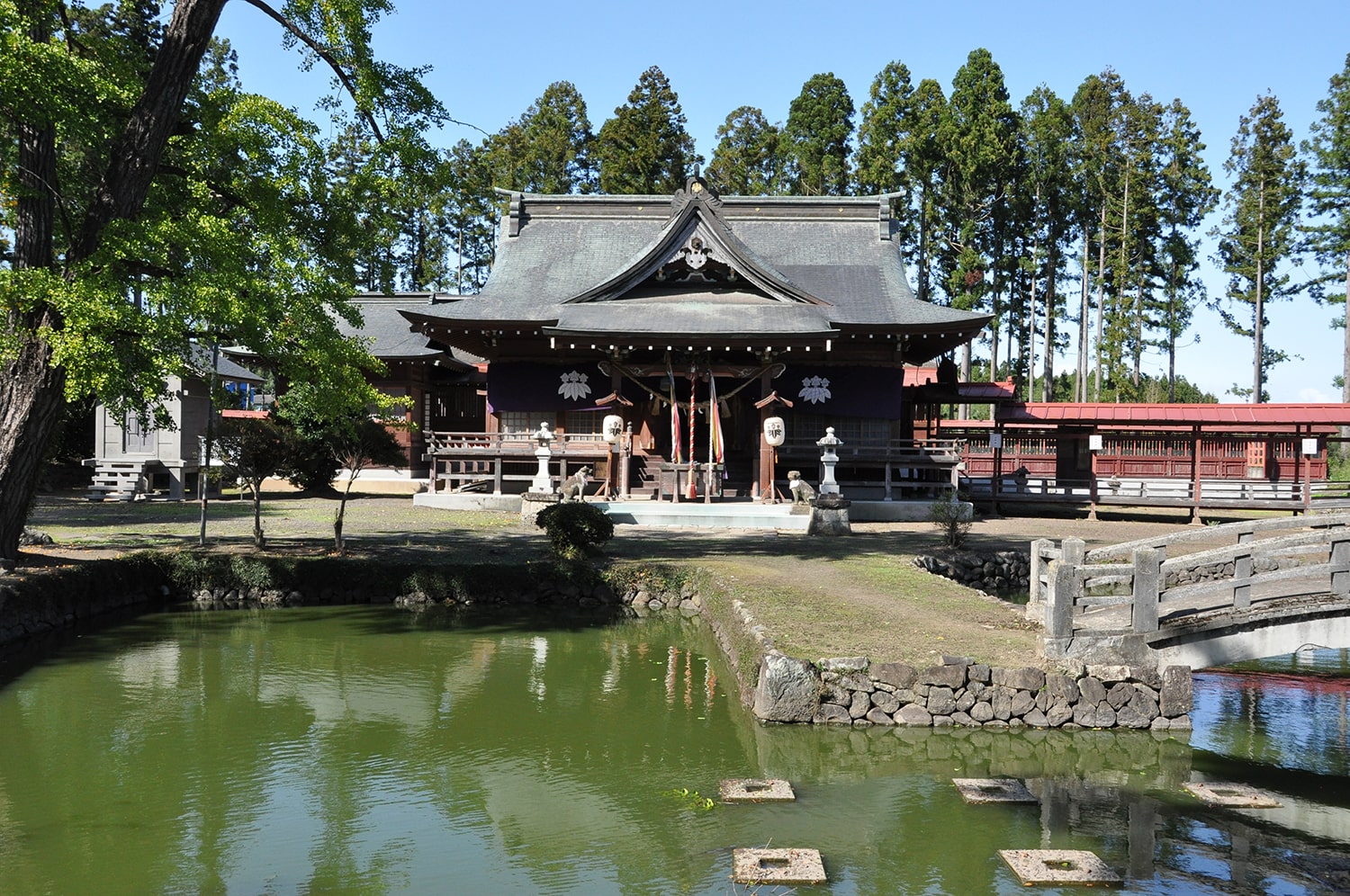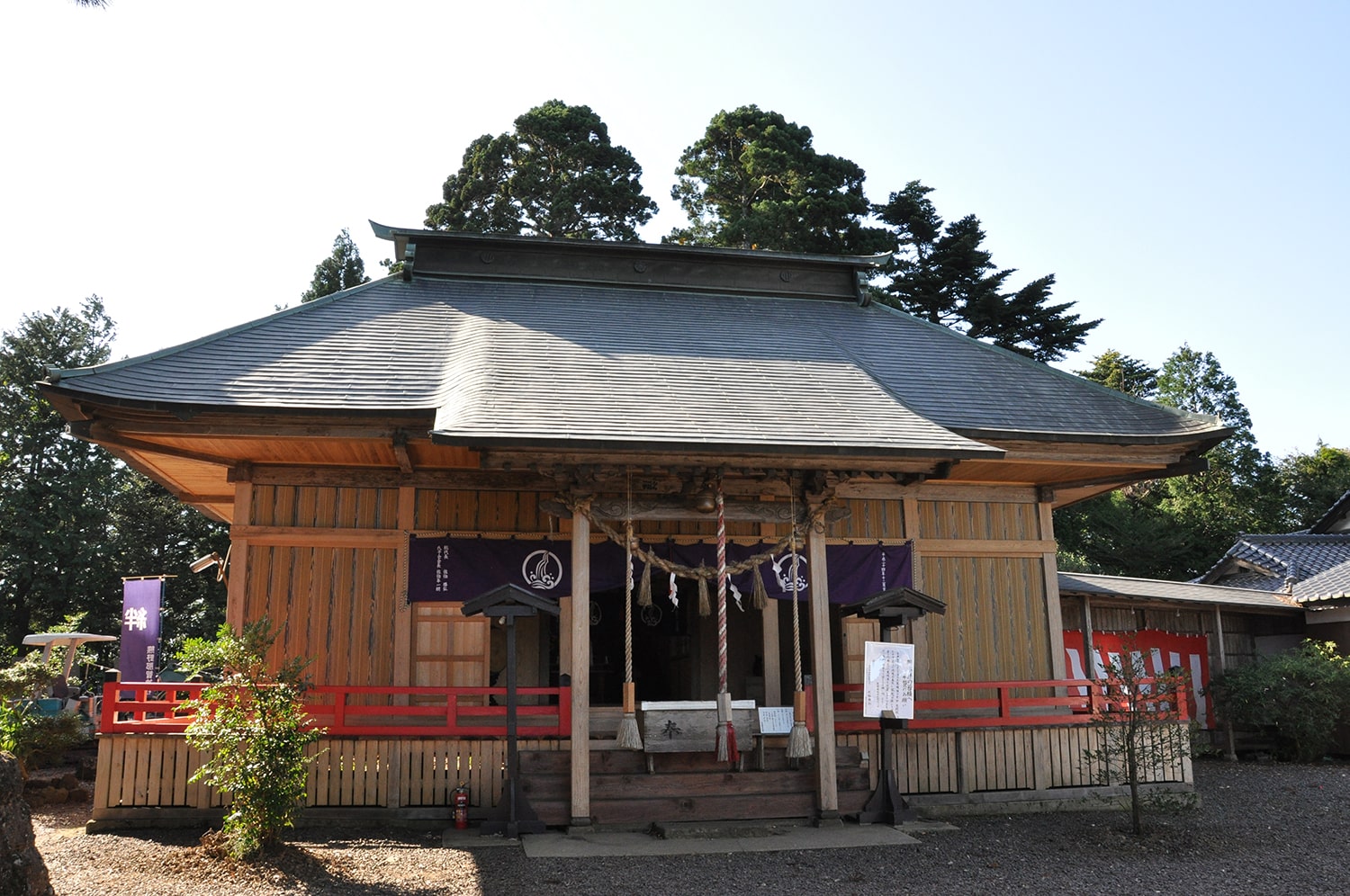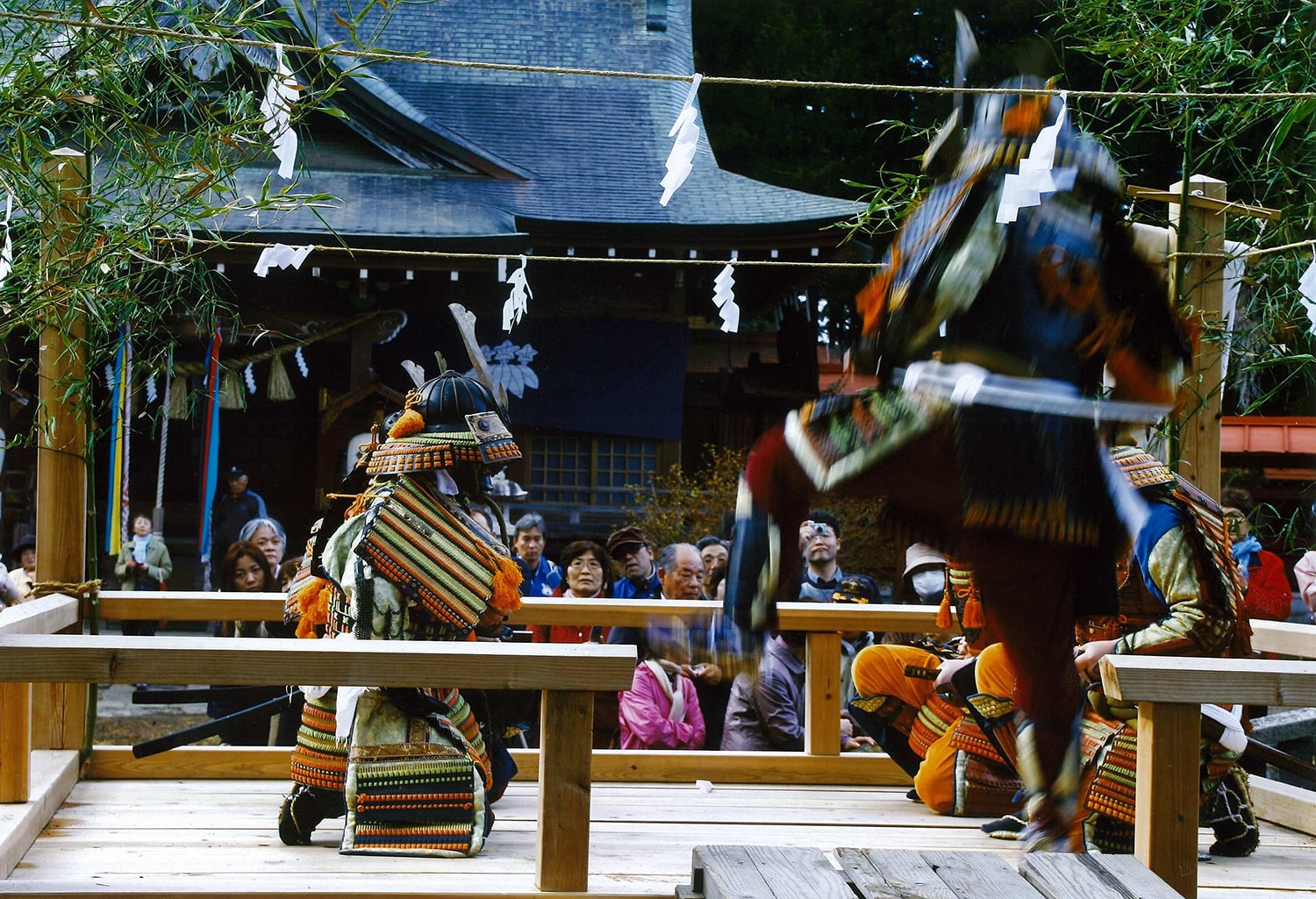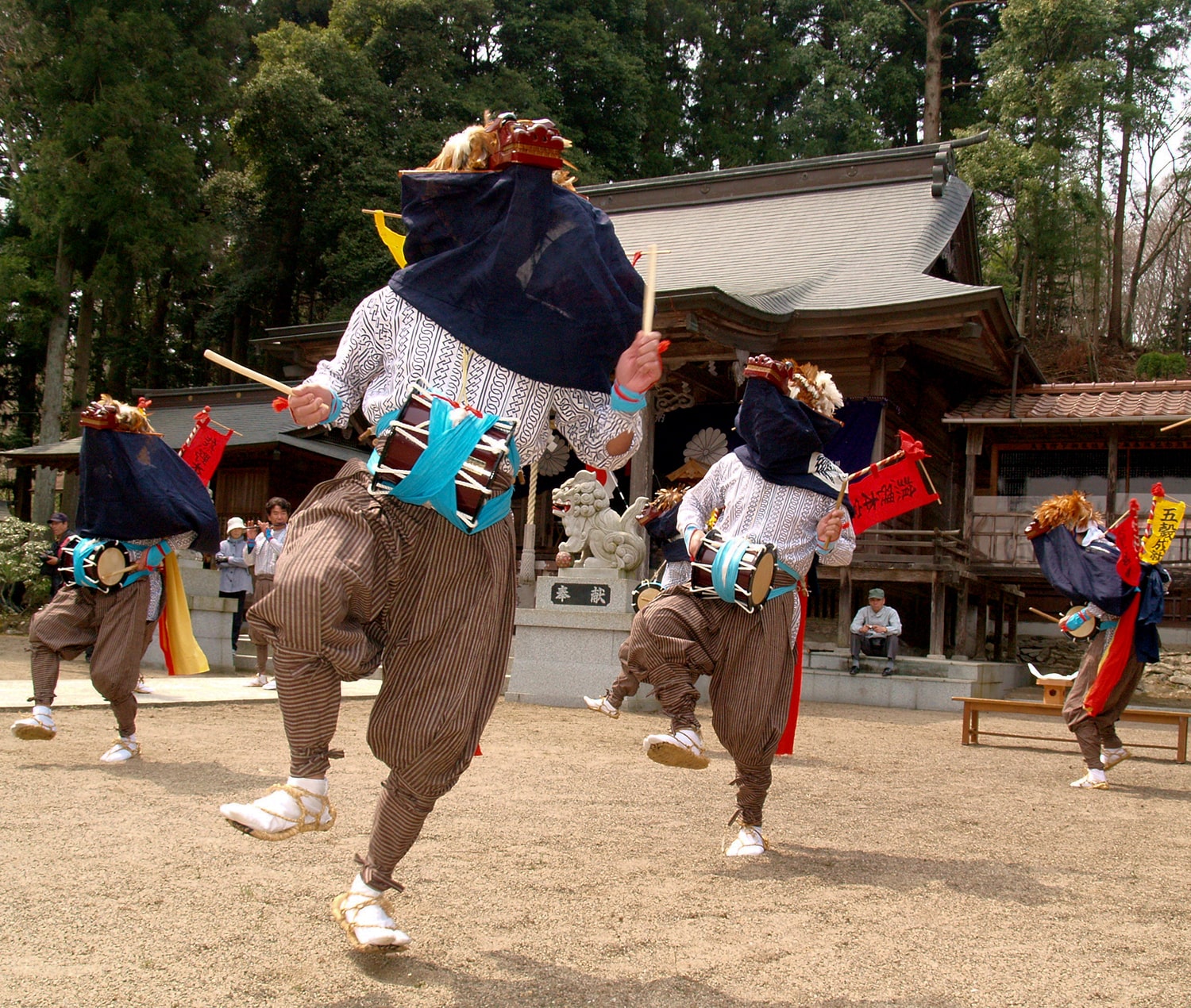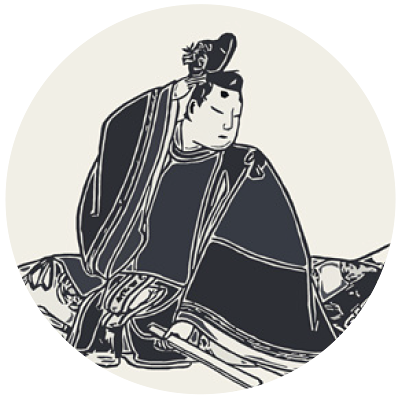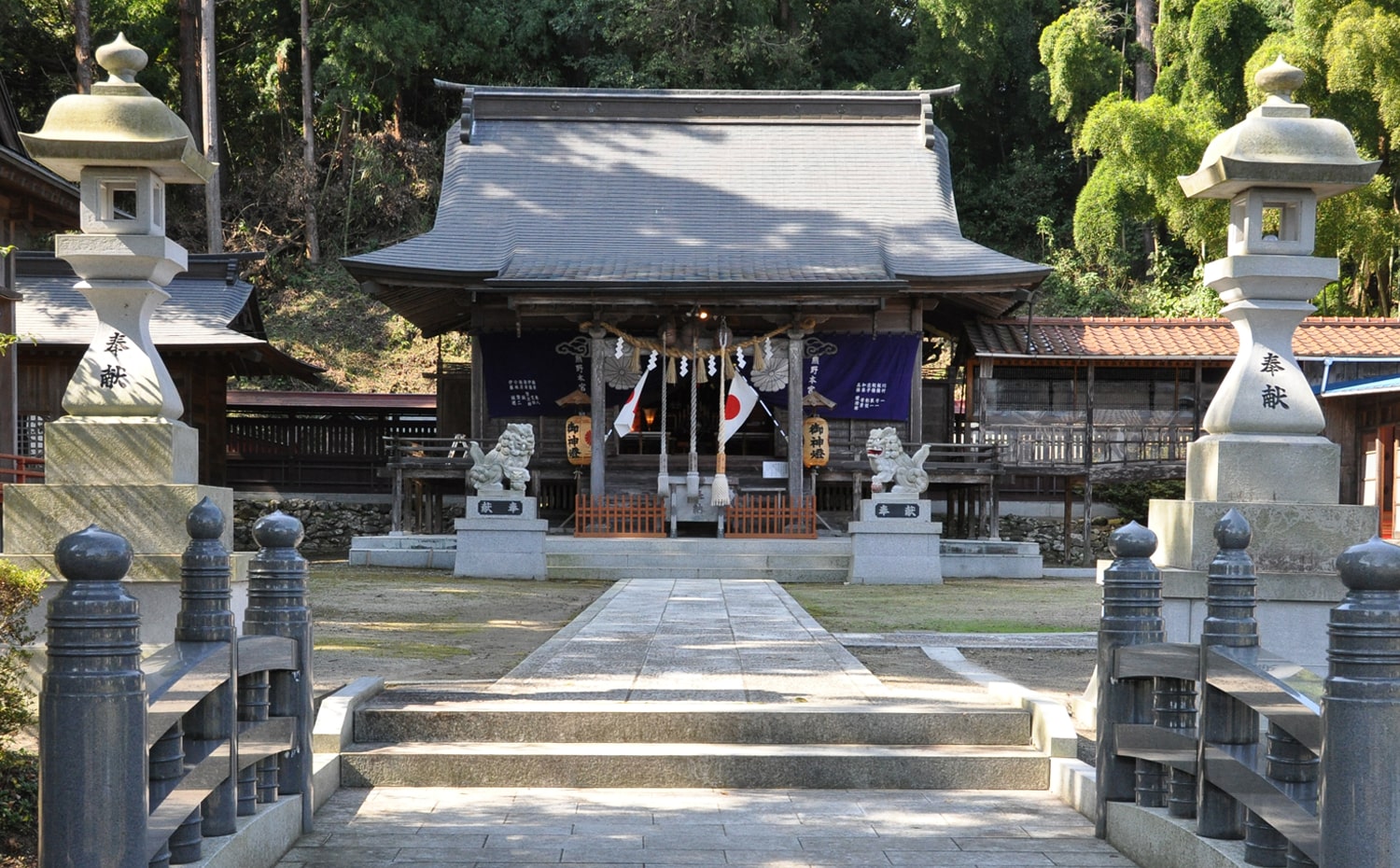
Three Shrines
OVERVIEW
For the people of the Edo period, when the main methods of transport were by horse and on foot, traveling meant putting their lives on the line. Many people wished to worship at faraway shrines but found it difficult to do so. As a result, Japanese culture developed a tradition of building new versions of famous shrines out in the provinces.
Natori Kumano Sanja is one such example. It is made up of three individual shrines: Kumano Nachi Jinja, which looks out over the Pacific Ocean; Kumano Hongusha, where practitioners still perform the “deer dance” to bring about a good harvest; and Kumano Jinja, where the lords of Sendai worshiped during the Edo period. A walking route takes you to each of the three shrines. As you walk around the shrines, try to imagine the people of 400 years ago and their faith.
TIPS
Kumano Nachi Jinja is surrounded by nature and offers beautiful views. Once a month, the Nachi Tezukuri Marche is held there; all kinds of handmade goods are sold at this event.
DETAIL
ADDRESS
Kumano Hongusha: Gotanda 34, Takadatekumanodo, Natori
Kumano Jinja: Iwaguchi 51, Takadatekumanodo, Natori
Kumano Nachi Jinja: Tateyama 8, Takadateyoshida, Natori
PHONE
Kumano Hongusha: 022-386-2353
Kumano Jinja: N/A
Kumano Nachi Jinja: 022-765-8217
PARKING Yes
PERIOD Year-round

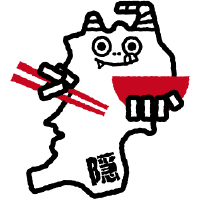
Reccommend
Local Tours
Using local guides, we provide many tours that let you discover and experience
the wonders of Japan lying hidden in the “everyday” of the nearby area.
TOUR.01
Local Japanese Cooking Class near Sendai International Airport|Learn to cook Japanese cuisine using local ingredients and go shopping!
TOUR.02
Back-alley Bar Hopping in Sendai|Who's up for a drink tonight?
TOUR.03
Oyster Paradise Matsushima|Immerse yourself in the culture and flavours of Japan's most scenic bay!

NATORI city
Natori River runs to the north of Natori; the Pacific Ocean lies to the east; Sendai Airport sits to the south; and Yuriage Harbor, which has prospered since the Edo period, is situated at the estuary of the Natori River. Natori has many historic resources—such as Tohoku’s largest keyhole-shaped burial mound, Raijinyama Kofun, and Natorikumano-sanja: three shrines that have stood since the Heian period. As a fishing harbor and the entrance to Tohoku, Natori is an area where food, history, and many enjoyable experiences await.

Key Person

The streets may have changed, but the people and food are still full of energy!
Aaru Sendai-Yanagiya Co., Ltd./Hiromasa Yaginuma
Natori is an attractive town where nature, history, and modernity come together, and, for four consecutive years since 2011, it won first place in Toyo Keizai’s quality-of-life rankings for the Hokkaido and Tohoku region. The number of tourists who visit the Yuriage Port Morning Market, where I have my store, is increasing every year, and the face-to-face relationships in the community have endured the earthquake and tsunami in 2011. The Michinoku Coastal Trail is scheduled to soon be opened to walking and cycling, so, although not many remnants of the disaster are left in Yuriage district, this path connects with the road from Iwanuma, and I hope that that will lead to disaster tourism where people can compare the damage and recovery in the coastal areas. I also want to make use of the city’s historical heritage, such as the Natori Kumano Sanja shrines, for inbound tourism.
Specialty Products
Yuriage Harbor’s blood clams are its foremost pride. The clams are said to be the best in Japan; they are even transported to Tsukiji and receive high praise from all over the country. In recent years, seri Japanese parsley and myoga-take, traditional vegetables, have been gaining in popularity. Seri hotpot, in which even the white roots of the seri are eaten, is a top specialty cuisine of Miyagi Prefecture, and some people visit Miyagi in the winter just for a taste of it.
Natural Environment
Enjoy a walk through the flora and fauna of Goshazan or the Andon-matsu, rows of black pines that Date Masamune was said to have brought in during the Edo period. Natori is an area that lush nature surrounds. Since 1940, Natori boasts the largest production of cultivated carnations in Tohoku, and the flowers can be seen blooming riotously in greenhouses all year round.
Historical Person
Area Access

From Sendai Station
15min
【TRAIN】 From Sendai Station approx. 15 minutes to Natori Station on the JR Tohoku Honsen Line or Sendai Airport Access Line

From Sendai Airport
20min
【TRAIN】 From Sendai Airport approx. 20 minutes on the Sendai Airport Access Line








